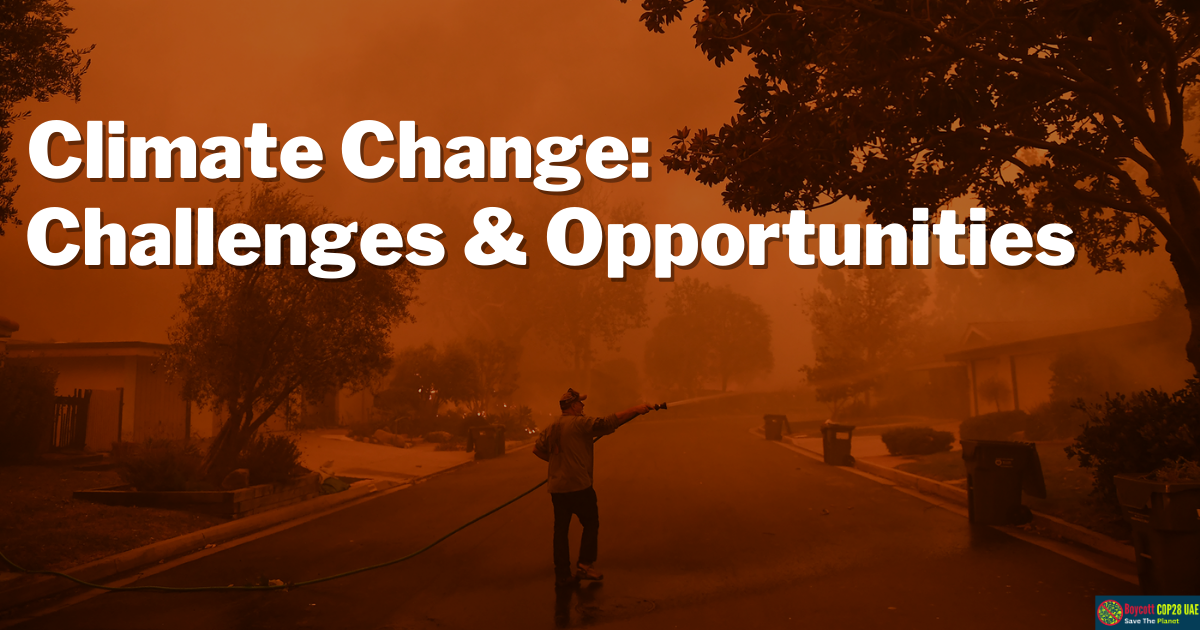As the world grapples with the detrimental effects of escalating global temperatures caused by the relentless burning of fossil fuels, communities in the United States are increasingly concerned about finding a safe haven in the climate change future. With millions, and possibly tens of millions, of Americans projected to relocate due to climate-related factors in the coming decades, it is imperative to address the growing anxiety surrounding this issue. Climate change has now emerged as a significant driver influencing people’s decisions, alongside factors such as school districts, affordability, and job opportunities.
The Changing Climate Landscape
A recent report by the United Nations determined that average global temperatures are expected to rise by 2.1 to 2.9 degrees Celsius by 2100. Consequently, the world is bracing for a surge in extreme weather events characterized by their chaotic nature. However, identifying suitable locations to weather the forthcoming decades poses a complex challenge.
Understanding Climate Risk Factors
Assessing climate risk involves a multitude of intricate factors, including geographical location, elevation, infrastructure maintenance, long-term climate patterns, the behavior of the jet stream, and the influence of warming ocean waters on the frequency of El Niño/La Niña cycles. It is essential to recognize that no place is entirely immune to the impacts of climate change, particularly within the continental United States. The severity of these impacts will vary, with some regions experiencing more extreme conditions than others. Nevertheless, every individual shares the risk associated with the increasing occurrence of extreme events.
Exploring Options: Finding A Safe Haven In The Climate Change Future
- Geographic Diversity: Considering the wide-ranging effects of climate change, diversifying geographic options is crucial. Identifying regions with more moderate temperature conditions can provide a safer haven for individuals and communities. Areas that have historically demonstrated resilience against extreme weather events should be prioritized
- Sustainable Infrastructure: Communities must invest in resilient infrastructure capable of withstanding the challenges posed by climate change. This includes robust construction techniques, improved drainage systems, and the implementation of green spaces to mitigate heat island effects. Upkeeping infrastructure plays a vital role in minimizing risks and creating secure living environments
- Collaboration and Knowledge Sharing: To effectively tackle the impacts of climate change, communities, policymakers, and experts need to collaborate and share knowledge. By pooling resources and expertise, it becomes possible to develop innovative strategies for adaptation and mitigation. Exploring best practices and lessons learned can help guide decision-making processes and foster resilience across diverse regions
- Economic Opportunities: Identifying regions that offer promising job markets and economic opportunities is crucial for individuals seeking safe havens. Areas that are actively investing in sustainable industries, renewable energy, and climate resilience initiatives not only provide employment prospects but also signify a commitment to addressing the complexities posed by climate change
Conclusion: Finding Safe Haven in The Climate Change Future
Finding a safe haven in the climate change future is a complex task. It requires a comprehensive understanding of climate risk factors, as well as a proactive approach to adaptation and resilience. Individuals and communities can navigate the challenges ahead by diversifying geographic options, investing in sustainable infrastructure, fostering collaboration, and considering economic opportunities. While no place can entirely escape the impacts of climate change, the collective efforts to mitigate risks and build resilience will pave the way for a safer and more sustainable future for all.






